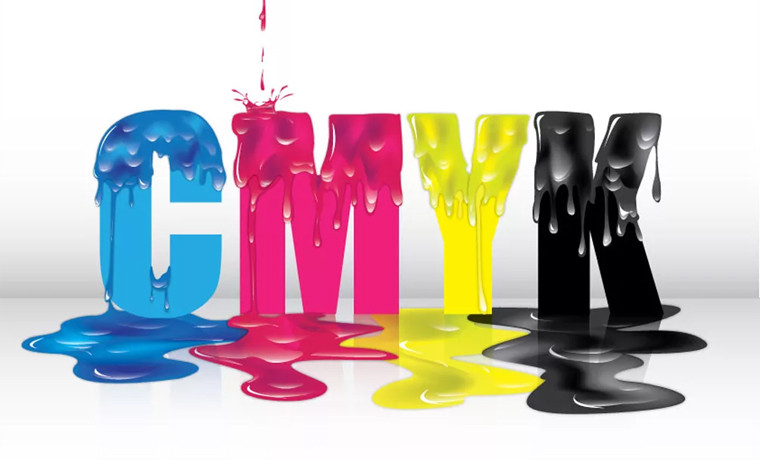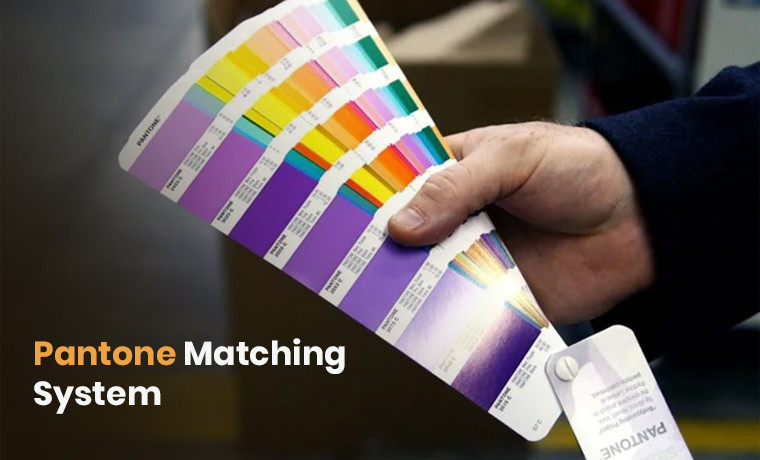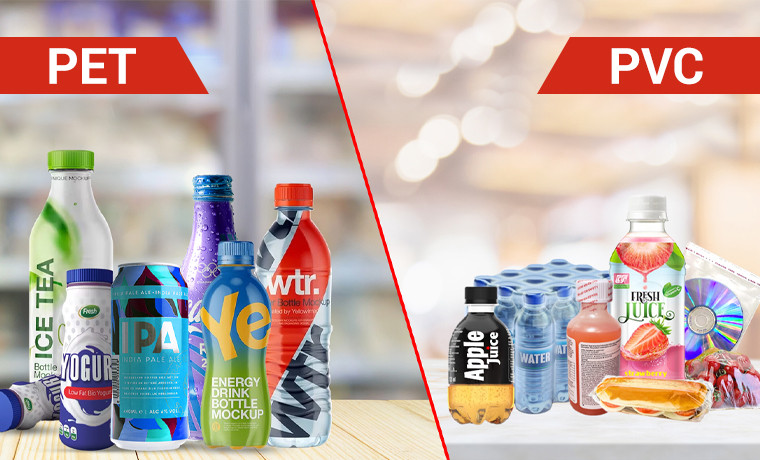A Guide to D2C (Direct-to-Consumer) for Brands and Marketers
September 05, 2025
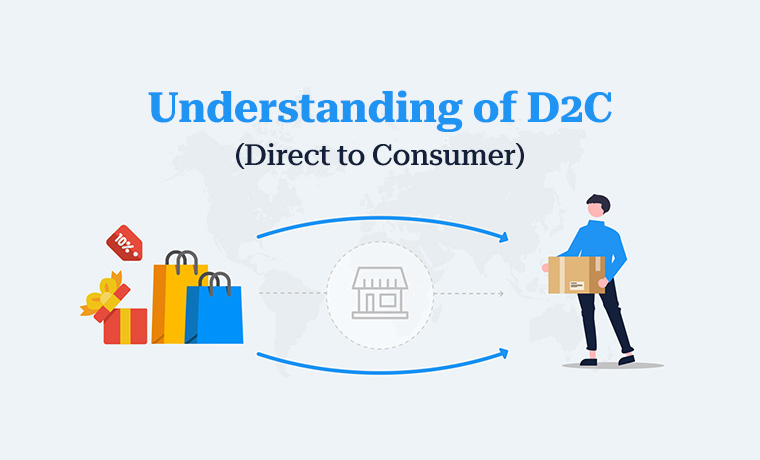
The digital world has revolutionized every industry. Brands in the past relied on retail stores to reach consumers. Today, thanks to e-commerce for bypassing traditional retailers and bringing products straight to consumers through online or e-commerce stores, transforming the shopping experience. Now, consumers prefer buying directly online—fast, easy, and on their terms.
This shift in behavior has pushed brands to adopt the Direct-to-Consumer (D2C) model, cutting out the middlemen and creating stronger, more personal connections with buyers. It saves time, reduces costs, and directly connects consumers with the brand. Interesting!
This guide will explore the D2C meaning, its challenges, how it works, and why it is booming. You will learn how a company sells its products to customers and its plan for making a profit through this direct-to-consumer business model. Let's get started exploring the future of eCommerce directly.
What Is D2C?
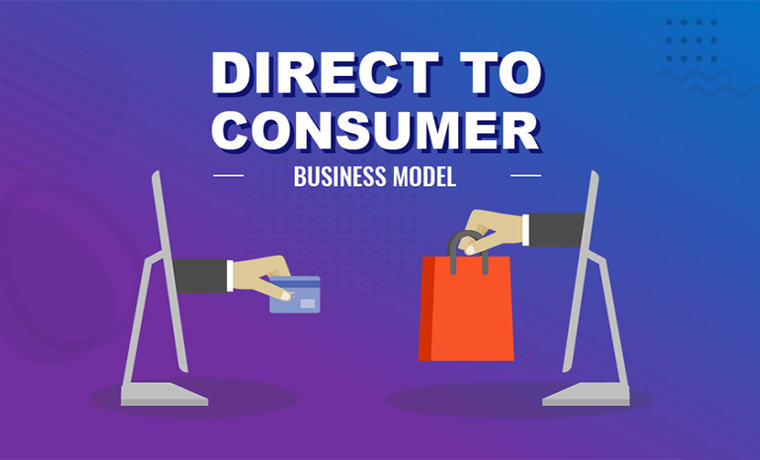
This D2C is a retail model and an e-commerce strategy that bounces wholesalers, eliminates joining giant retail forces and brick-and-mortar stores, and allows a brand to sell its products directly to consumers.
The manufacturing companies are directly delivering their products to consumers and taking complete fulfillment responsibility. From product development and marketing to sales and consumer engagement, they are handling everything.
This helps manufacturing companies to directly connect and communicate with their consumers and take feedback to improve their supplies and personalized marketing efforts. As a result, D2C brands save money by wiping out retailers or wholesalers.
The Rise Of the DTC Business Model
Direct-to-consumer model has brought a revolution in the retail industry. It has encouraged many brands to skip traditional product distribution channels and deliver products to consumers directly.
D2C E-commerce Market Size
In the USA, an estimated $135 billion was generated in e-commerce sales in 2023 by established brands. This value is increasing rapidly. It may reach $187 billion by 2025. Despite many challenges, D2C offers opportunities for e-commerce brands to build their brand persona and develop a healthy connection with customers.
Key Differences Between B2C Vs D2C

There are significant differences between B2C and D2C when learning about their features. In B2C, you depend upon retailers, wholesalers, or brick-and-mortar stores to sell your products. This way, you indirectly establish a connection with consumers. But you may not have consumer data. However, limited access to the data is possible if provided by retailers or wholesalers.
On the other hand, D2C offers you complete control of your brand to convey its message and deliver products to consumers without middlemen. An e-commerce business sells products directly through its website or online stores. This way, they keep a record of consumers connected to them.
Read More: Main Types of Retail Packaging With Pros and Cons: Which Is Right To Boost Your Brand
| Features |
B2C |
D2C |
|
Sales Channel |
Intermediaries |
Direct |
|
Brand Control |
Limited |
High |
|
Customer Relationship |
Indirect | Direct |
|
Data Ownership |
Limited | Full |
The Shift from Retail to Direct-to-Consumer (D2C) Models
In the late 2000s, consumers used to visit departmental stores frequently to buy products. There was no concept of e-commerce at that time. The brands were supplying their products to these stores.
The brands selling their products through stores were:
- Allbirds
- Everland
- Dollar Shave Club
- and many other brands
Consumers were connected with departmental stores, not brands.
Later on, when the e-commerce packaging industry was introduced, they developed their websites and online stores to eliminate middlemen and started delivering products to consumers.
Today, they are enjoying the benefits of D2C to reduce their retail and wholesale cost while developing a direct connection with consumers.
Best Direct-to-Consumer Examples
Take a quick look at the examples of top D2C brands below.
|
Top D2C Brands Examples |
||||
| Allbirds | Allbirds |
Hims & Hers |
Oura |
Rent the Runway |
| Away |
Everlane |
Knix | Peloton |
Rivi & Kin |
|
Casper |
Glossier | Lovevery |
The Farmer’s Dog |
Stitch Fix |
|
Dollar Shave Club |
Harry’s |
Misfits Market |
Bonobos |
Warby Parker |
Key Benefits Of D2C (Direct to Consumer)
When it comes to exploring the advantages of D2C, there are many.
1. Greater Control Over Brand and Customer Experience
The DTC takes full control over brand, customer experience, and pricing. Using a direct-to-consumer business model, you directly approach consumers and sell your products. You no longer rely on wholesalers or retailers. It builds a strong relationship with your consumers and helps you collect and maintain consumer data.
2. Direct Relationship with Consumers
DTC allows brands to take full charge of their brand to convey their message directly to consumers.
3. Consumer-Driven Strategy
E-commerce brands directly communicate with consumers to know their behavior, which leads to setting their strategy according to consumer behavior.
4. Geographic Expansion and Cost Efficiency
Another benefit of DTC is the expanded territory for a brand. You directly sell your products without a boundary limit across the country. With a tight budget, it is difficult for a brand to survive. D2C reduces your retail, wages, rent, and shipping costs and allows you to sell your products within your budget.
Read Also: Think Big With Large Shipping Boxes To Safely Pack and Deliver Heavy Items
Current Direct-To-Consumer Marketing and Challenges
The D2C model is becoming a popular choice for businesses. There are some challenges to keep in mind when you approach this model.
1. Market Saturation and Competition
The market in D2C e-commerce is continuously growing at a fast pace. Many businesses are shifting towards this model. This has raised the competition. To win the race, it is vital for a DTC business to keep itself updated with innovations to stay in the competitive market and enhance its growth.
2. Regulatory Compliance
Compliance means to abide by the law, standard, or policy. This is another challenge for D2C businesses to conform to laws and standards to avoid any trouble in the future.
3. Customer Care
Offering your customers the best support means you are taking care of them. Poor customer service can have a poor impact on your direct-to-consumer business and reduce sales. For this, you can outsource customer service to a third party to handle all the customer-related issues.
4. Fulfillment and Shipping
Delivering your products directly to consumers is another challenge faced by e-commerce businesses that switched over to direct-to-consumer. You have good products, but if you are unable to ship products to consumers, how can you enjoy the maximum value from D2C? Partnering with third-party logistics or even drop shippers to ship your products to consumers directly can help you overcome this challenge.
5. Payment Process
E-commerce businesses deal with payments daily. This is another challenge for them to deal with payments because it involves sensitive information. Many e-commerce businesses work with Software-as-a-Service vendors like BigCommerce or Shopify to handle their payments.
6. Scalability
An important factor and challenge in the D2C business. This deeply involves maintaining product quality, logistics, and a customer-centric approach for a seamless and scalable supply chain.
7. Customers Acquisition Cost (CAC)

Every e-commerce business acquires new customers and wants to retain them for longer. Acquiring new customers in D2C involves several things. It includes expenses on marketing, sales, and other operational services such as e-commerce platform fees or shipping costs. A D2C wants to spend less and gain maximum profits while building brand loyalty.
The formula for calculating CAC is:
CAC = Total Cost of Customer Acquisition / Number of New Customers Acquired
Final Thoughts
If you want to maximize your sales and improve the value of your business, take your next step toward direct-to-consumer. Through this guide, we have put essential information and guidance to help you switch your e-commerce business to this mode. From D2C challenges to benefits, we have highlighted key points to address many things. If you need shipping boxes to meet your shipping needs, contact Custom Product Packaging. Email us at orders@customproductpackaging.com. Request a custom quote today!


